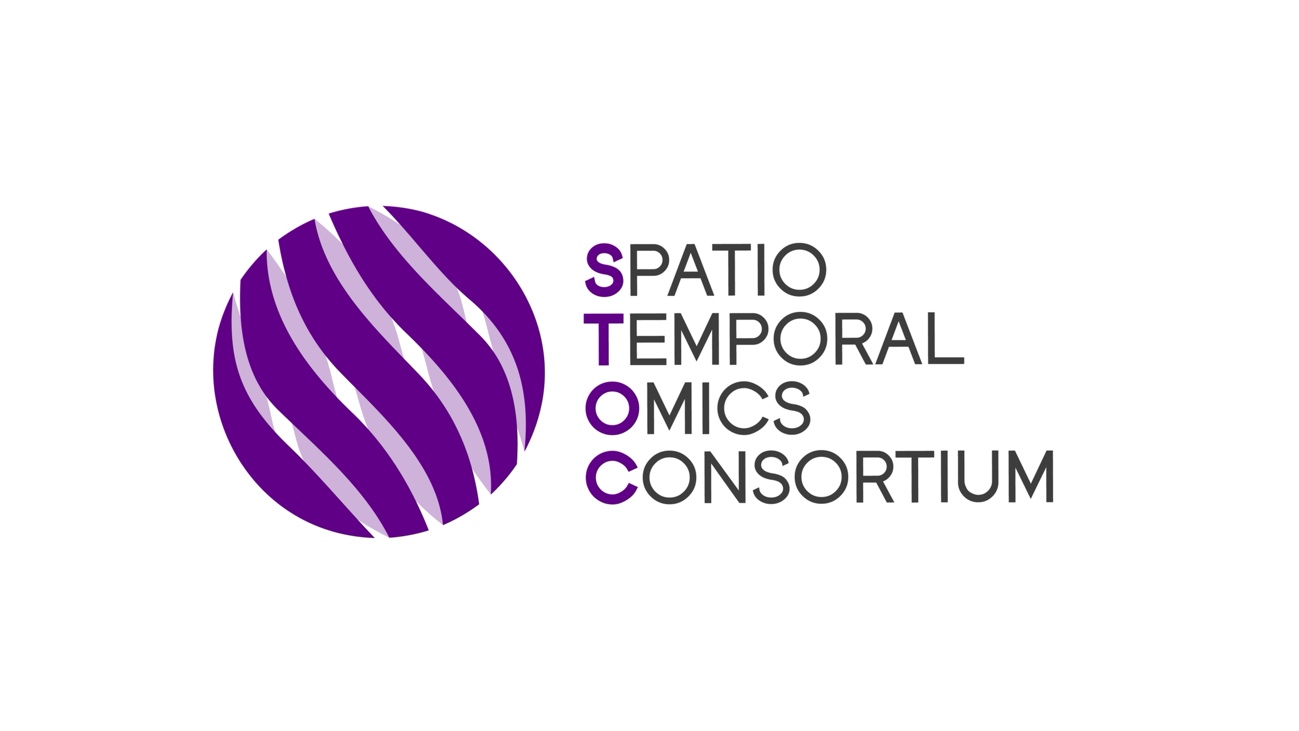Spatiotemporal multi-omics provides a new way of looking at the fundamental building blocks of life, enabling scientists to measure all the gene activity in a tissue sample across space and time with unparalleled specificity.

Anytime you drink a smoothie you are drinking a blended version of multiple things. It all tastes great, but you can’t see the individual ingredients or how they have changed during the course of blending. You just know what you put in and what it finally looks and tastes like. And how ever good you are at making a smoothie, you probably won’t be able to replicate it to taste exactly the same the next time, as the ingredients may come from a different source or be mixed in a slightly different way.
Until recently, scientists faced similar problems in analyzing cells. In order to be analyzed, a tissue sample would be dissociated and blended in bulk RNA sequencing, thus spatial information on the cells is lost, much like a smoothie. While improvements in sequencing technology over the past 20 years have enabled analysis of cellular structures at a single cell level and provided insight into the cell microenvironment and the interaction between different parts, it was a very long and slow process to determine how individual cells interacted with one another over time.
Spatiotemporal multi-omics is the gamechanger that builds on the achievements of single-cell sequencing and elevates it to the next level by enabling scientists to track a cell’s precise location and how it interacts with its neighbors. Think of it rather like the top of a fruit tart where each piece of fruit has been distinctly placed in relationship to the other pieces of fruit.
BGI Group is a leader in this field of research with its SpatialTemporal Omics (STOmics). BGI ’s Stereo-seq spatial multi-omics technology can detect thousands of genes simultaneously, helping scientists to complete spatiotemporal maps and understand with unprecedented precision how genes interact and change over time.

“In the past, it took thousands or even tens of thousands of experiments to complete a spatiotemporal map. Now, with Stereo-seq, it can be achieved quickly and comprehensively with one. This is a milestone breakthrough in life sciences technology advancement,” said Dr. Chen Ao, who led the development of the Stereo-seq technology at BGI-Research.
Applications of Stereo-seq technology were revealed in Cell Press journals in May 2022 with the publication of cellular maps of mice, small fruit flies, zebrafish and the Arabidopsis plant. The papers demonstrated how Stereo-seq has achieved a breakthrough in spatial resolution and panoramic field of view, enabling analysis of the distribution and placement of molecules and cells in situ, and over time
This offers an exciting new world for genomic analysis. STOmics has the potential to change the lives of millions of people around the world. This is because it offers deeper insights into the relationship between cells and their relative locations over space and time, which is vital to understanding normal development and disease pathology.
If we know where something is happening in the body, and at what point in time it occurs, we can understand more about what effects it has and why it matters. Maybe the gene activity is a marker of disease, maybe it tells us something about how organs develop.
In the future, this could lead to new treatments or ways of doing medicine. From cancer and inherited disease, to aging and even organ regeneration, new pathways to the future are being revealed.





